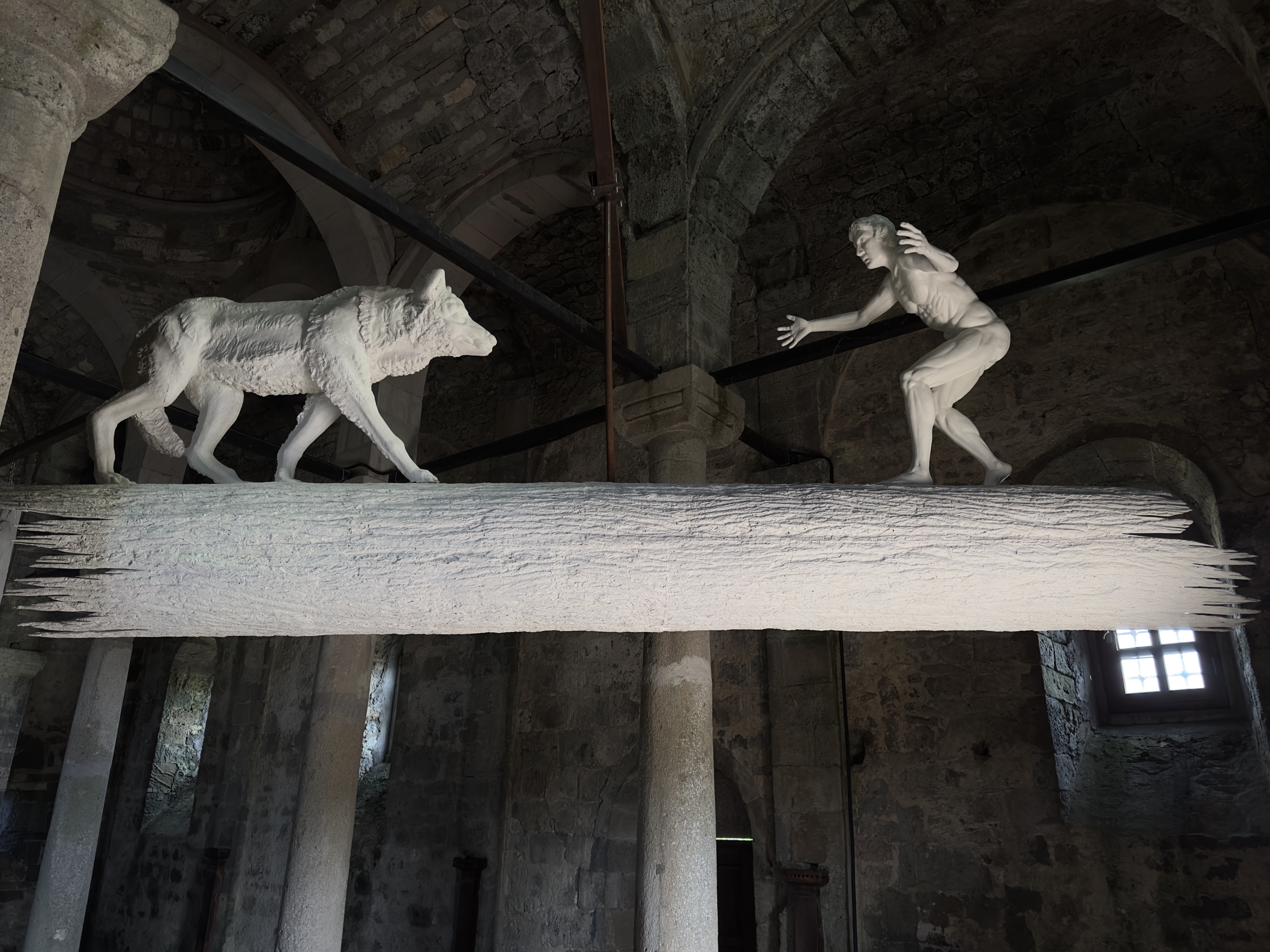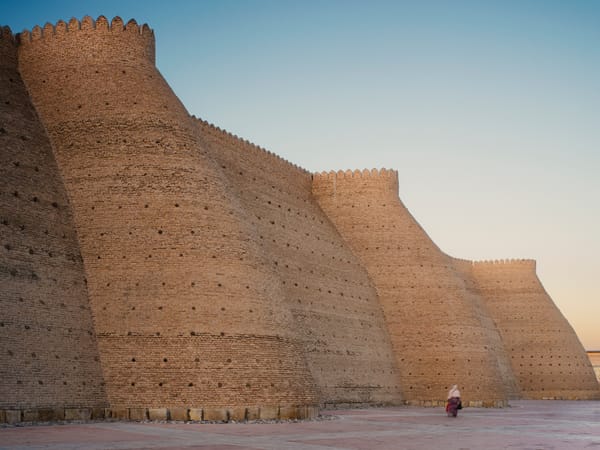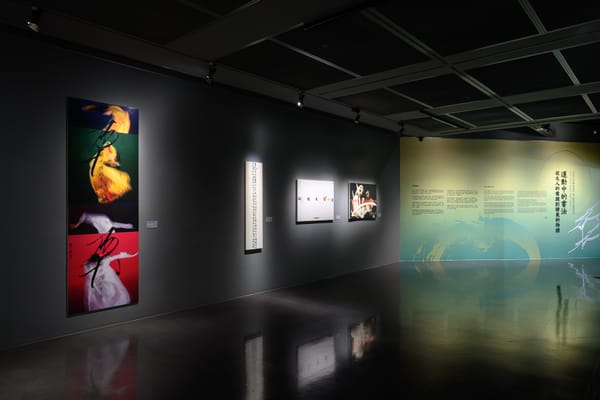Shows
The Grand Ambitions of Alper Aydın’s “Fata Morgana”

“Fata Morgana”
Alper Aydın
Various locations, Ordu, Turkey
June 20–Aug 30

As the mid-afternoon rains fell at Taşbaşı Church, a former Greek Orthodox place of worship and Republican-era prison long-abandoned by its congregants, Ordu-born artist Alper Aydın welcomed visitors to his multi-venue exhibition, touted as the largest open-air solo installation in the history of Turkish contemporary art. After battling the coastal humidity, we entered the historic church (which overlooks the Black Sea and shares its name with the cobblestoned neighborhood where many of Ordu’s municipal workers grew up) to find a series of drawings bearing the ambitious mark of a draftsman envisioning Anthropocene entanglements of evolutionary progress.
With technical acuity and curated with a fresh, if somewhat clinical, eye by leading project director Ceren Erdem, there were finely-penned images of a truck carrying a globe, The Drawings of Ideas, Drawing 11 (2018), beside a striated mineral block engraved with a number, The Drawings of Ideas, Drawing 29 (2020). Some of the drawings were mesmerizing, detailing imagined environments of a world flowing with galactic vortices and abstract landscapes, as in The Drawings of Ideas, Drawing 7 (2016) and The Drawings of Ideas, Drawing 8 (2016). Another, The Drawings of Ideas, Drawing 6 (2016), commented on more immediate events: a bulldozer destroying a tree in front of a wall bearing the slogan “Istanbul Modern.” In Ordu, Aydın offered a different perspective from which to see nature and culture as it exists not only in Turkey, but everywhere.

Down the road from the Taşbaşı district, past verdant cliffs, Cape Jason was scattered with works echoing a pioneering spirit. In light of contemporary 21st-century contexts, in which environmentalism and culture meet, the grandeur of the natural landscape was diminished by the lurid amplification of Aydın’s figurative designs. There was a diptych of satellite dishes, titled Face-to-Face (2023), converted into emblems of the murals that decorate the ceilings of Hagia Sophia (both Byzantine Christian and Ottoman Muslim art). But rather than up there, among the divine and celestial, they oscillated on mechanical platforms down here, at eye-level, grounding their sacred, transcendent figurations.

Further along the rustic, muddy sound, Aydın situated a found tangle of roots in the manner of a bonsai; Sylva (2023) presaged the enigmatic architecture of Jason Church just steps away toward the turbulent Black Sea. As a sacred place rumored to have housed a Greek temple to Jason when the myth of the Argonauts circled about the oral stories of Hellenistic-era Anatolia, Aydın filled its interior with gaudy, eyesore sculptures. Titled Post-Apocalyptic Narrative (2023), they snaked up from its core, suspended from the stone roof the atrium, off-setting the poetic with the sensational.
The post-apocalyptic scenarios that Aydın artificially concocted in the style of a fantasy novel—with occasional flourishes in his found-wood bonsai invention—were contradicted by the eruption of a Hieronymus Bosch-inspired sculpture, The Source of Life (2023). Located within a swirl of wave-battered rocks in a small inlet down the coast from Taşbaşı and Cape Jason, Aydın’s piece was an apt example of the anthropocentric superiority complex. (The fact that it was later swept away by the waves is a fitting metaphor for Aydın’s emphasis on nature as a force stronger than art and its anthropocentric tendencies, a truth that seemed to work against him in this show.)








